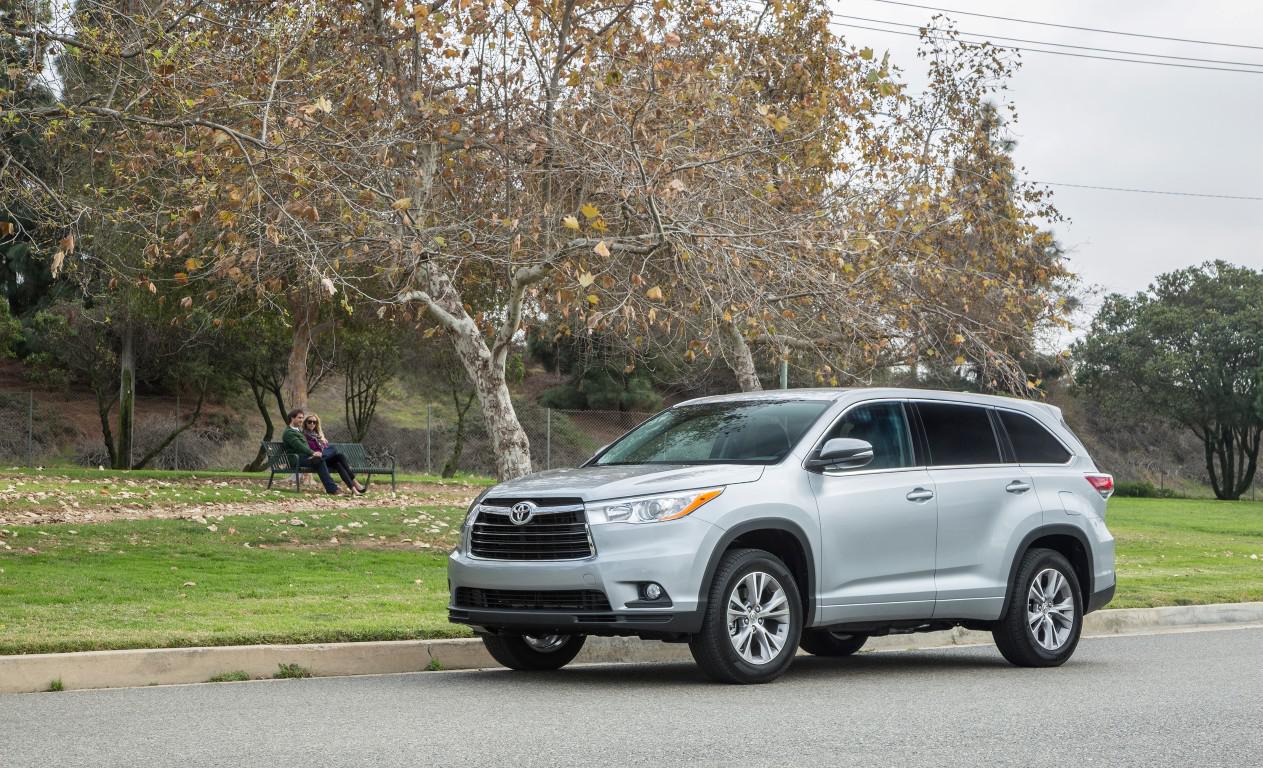
Putting Cadillac’s self-driving Super Cruise technology to the test
Shortly after we pulled on to Interstate 280, just north of Palo Alto, California, the Cadillac CT6 signaled to me that I was now ready to drive palms free.
Seconds later, I pressed a button. The top of the steering wheel lit up with a green light and the car was now under the control, and vision, of Super Cruise. I took my forearms off the wheel and my feet off the pedals and for the next fifteen minutes, as we drove through rush hour traffic, I did not touch the steering wheel.
“This takes driving to a entire fresh level,” said Robb Bolio, one of the lead engineers for autonomous-drive vehicles at General Motors. “Super Cruise lets you do other things, like make phone calls, but it’s not tedious or stressfull. And on top of all that, it enhances your safety when you are driving.”
Bolio and other executives at Cadillac expect Super Cruise is a game changer — the type of technology that will prompt luxury car buyers to consider Cadillac instead of passing on the GM brand and opting for Mercedes, BMW or Lexus.
But more than anything, Super Cruise is GM’s reaction to Tesla’s Autopilot technology, which made a fat splash when it was introduced two years ago. Autopilot predominates the conversation when car buyers and the general public talk about self-driving cars.
“This is undoubtedly a shot across the bow of Tesla, which already has Autopilot,” said Michelle Krebs, analyst for AutoTrader.com. “Cadillac is truly attempting to take Tesla on in that category of technology.”
There are some key differences inbetween Cadillac’s Super Cruise and Tesla’s Autopilot.
The Super Cruise system includes a petite camera on the steering column that witnesses the eyes of the driver. If you are not watching the road for more than a few seconds and you are texting, surfing the web on your phone or falling asleep, the camera on the steering wheel will prompt the Super Cruise to alert you to take control.
The very first warning is the steering wheel flashing. After that, the CT6 sends an audio warning and the steering wheel starts flashing crimson, both telling you to take control.
If you proceed to overlook the warnings and do not re-engage the car, Super Cruise will turn on the CT6’s hazard lights and slow down the car, eventually bringing it to a stop. At that point, an OnStar operator will reach out to the driver.
“How long it takes before the system notices a driver is not paying attention depends on your speed,” said Bolio. “If you are going seventy five miles per hour, it’s three or four seconds, depending on the traffic around you. If you are in bumper-to-bumper traffic going ten miles per hour, it’s a little longer.”
That’s the other major difference inbetween Cadillac’s Super Cruise and Tesla’s Autopilot. Super Cruise can only be engaged on the highway and does not automatically do lane switches. Tesla’s Autopilot permits drivers to signal a lane switch and if the sensors on the car demonstrate the lane is free, it automatically moves the car over with the driver not having to touch the steering wheel.
In addition, Autopilot can be engaged in city driving, not just on the highway.
So after testing out Super Cruise, the question is whether I felt it switched my driving practice? I admit having the car witness me added a level security and reassurance. In addition, the system was intuitive and effortless to use.
That said, I would love to see it expand beyond highway driving. There are slew of major roads I use on the way to work where Super Cruise would make the drive far less frustrating as I permanently rail the brake in rush hour traffic.
Super Cruise will be suggested on Cadillac CT6 models kicking off this fall.
